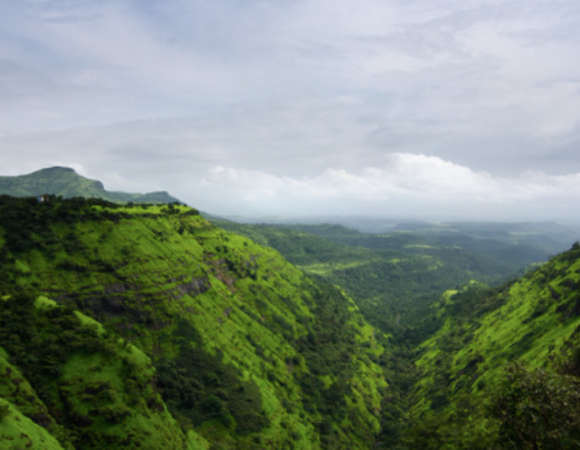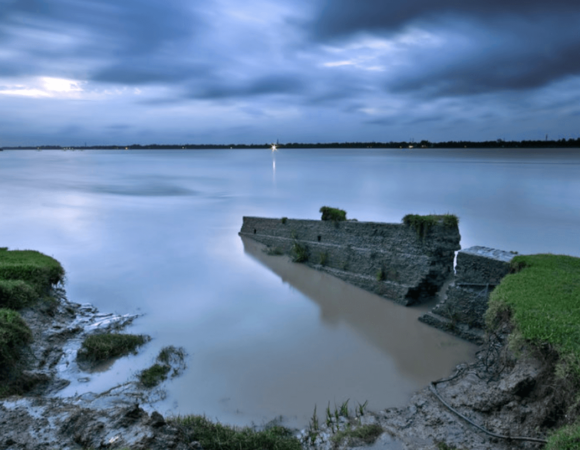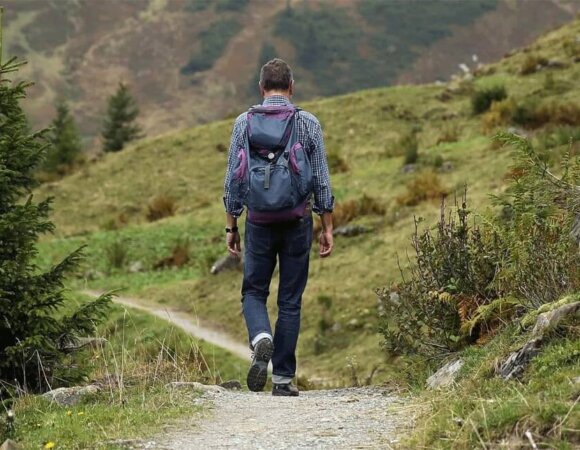Trekking Shoes vs Sport Shoes: Which One is Best for Your Trek?
Discover the essential differences between trekking shoes and sports shoes in our comprehensive guide. Learn how the right footwear can enhance your comfort, safety, and overall trekking experience. Perfect for adventure seekers!
Table of Contents
ToggleWhen starting on an adventure journey, one of the most important decisions you’ll make is choosing the correct footwear. Choosing between trekking and sports shoes may be difficult, especially given the variety of alternatives available. Many trekkers are unsure what sort of shoe is appropriate for their requirements. However, recognizing the distinctions between these two footwear groups is critical. The wrong decision can tremendously influence your comfort, safety, and overall trekking experience, perhaps transforming an exciting trip into a terrible nightmare. In this blog, we’ll look at the fundamental differences between trekking shoes and sports shoes so you can make an informed decision about your next outdoor journey.
Understanding the Differences
Design and Purpose
- Trekking Shoes: These shoes are specially made for challenging trails and outdoor adventures. Their design focuses on providing strong grip and support to help you navigate rocky paths, steep hills, and uneven surfaces. They’re built to endure the wear and tear of nature, making them a reliable choice for serious hikers.

- Sports Shoes: In contrast, sports shoes are primarily intended for activities like running, walking, or casual outings on flat, predictable surfaces. Their design prioritizes comfort and flexibility, allowing for easy movement during exercises or daily wear. While they’re great for the gym or a stroll in the park, they might not hold up well on rugged trails.

Grip and Traction
- Trekking Shoes: One of the standout features of trekking shoes is their outsole, which often has deep and aggressive lugs. These lugs provide excellent traction, ensuring you can maintain your footing on muddy, rocky, or slippery paths. This grip is crucial for safety when navigating challenging terrains, as it helps prevent slips and falls.
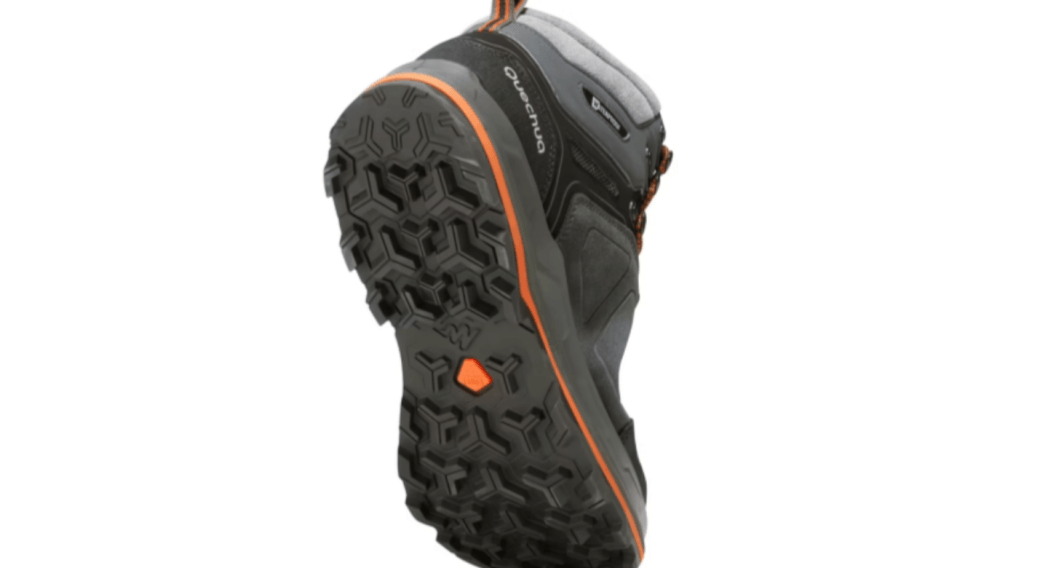
- Sports Shoes: On the other hand, sports shoes generally have flatter and smoother soles. This design is perfect for running on roads or using equipment in a gym, but it lacks the traction needed for uneven or slippery trails. Using sports shoes for trekking can increase your chances of losing balance and can lead to uncomfortable hiking experiences.

Ankle Support and Protection
- Trekking Shoes: These shoes typically feature higher ankle collars and a sturdy build. This added height helps stabilize your ankle and protect it from sprains or injuries when you encounter rocks, roots, or steep descents. Having good ankle support is especially important in unpredictable terrains, where missteps can happen easily.
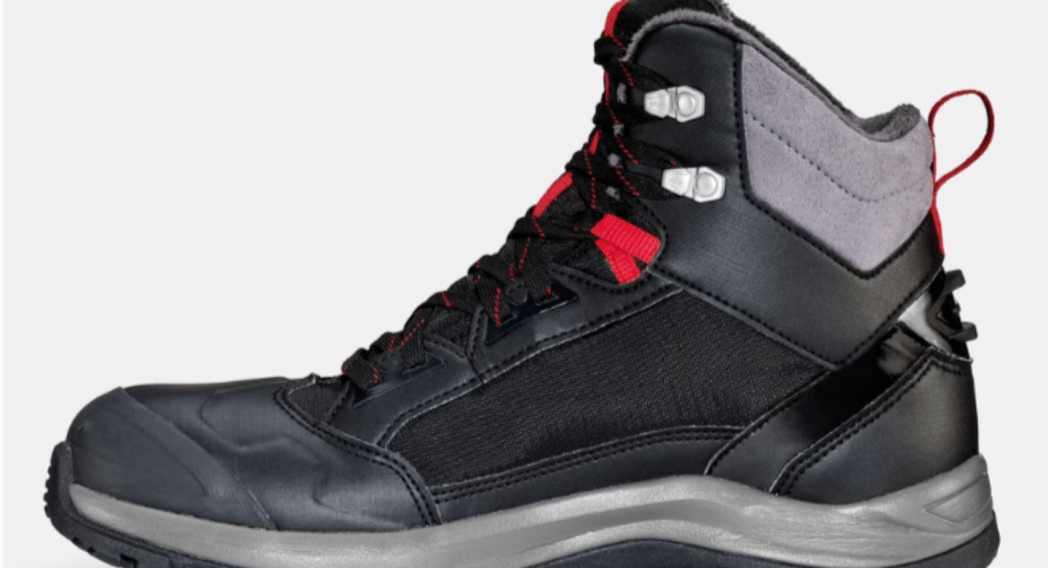
- Sports Shoes: Sports shoes usually have a low-cut design, which allows for greater freedom of movement. However, this means they provide minimal ankle support. When trekking on uneven ground, this lack of support can increase your risk of injuries, making them less suitable for hiking adventures.
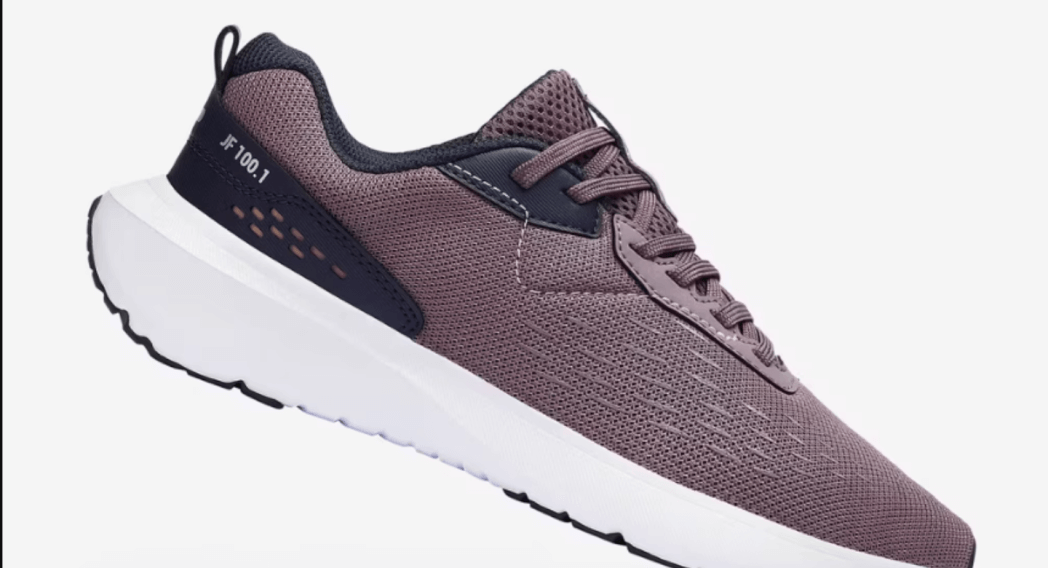
Water Resistance
- Trekking Shoes: Many trekking shoes come with waterproof or water-resistant features. This means they keep your feet dry while crossing streams or trekking in rainy conditions. Staying dry is essential for comfort and helps prevent blisters.

- Sports Shoes: In contrast, sports shoes are often made from breathable mesh materials. While this helps with ventilation, it also means they can absorb water quickly. If you step in a puddle or encounter wet conditions, your feet will likely stay wet for a long time, leading to discomfort during your hike.
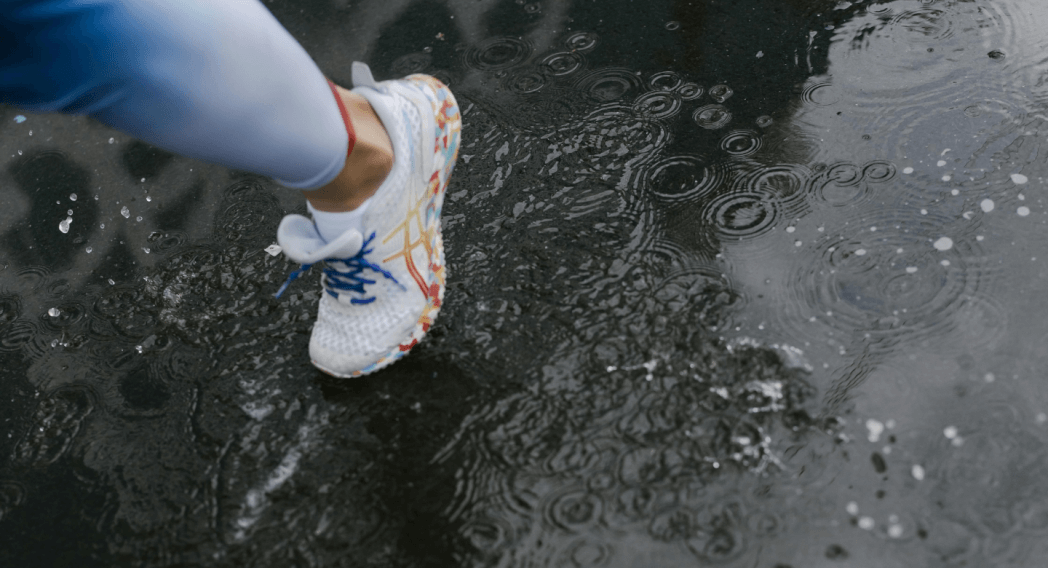
Durability and Material
- Trekking Shoes: These shoes are built to last, using tough materials like leather or durable synthetic fabrics. They often feature reinforced toe caps and strong soles, making them resilient against the wear and tear of rugged trails. This durability means you can rely on them for many hikes.
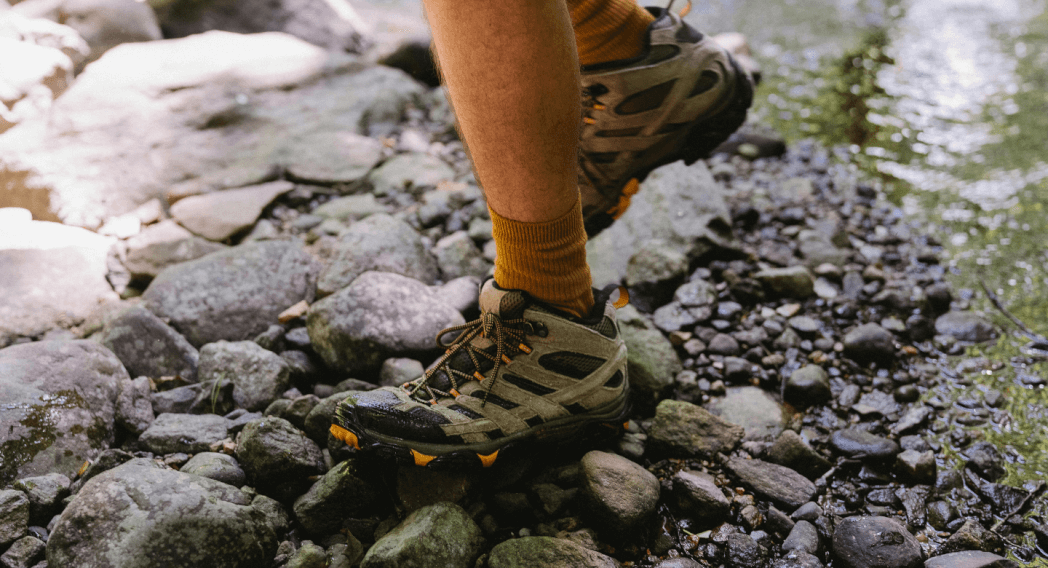
- Sports Shoes: Sports shoes are typically made from lightweight materials that prioritize comfort over toughness. While they may be great for short runs or gym sessions, they can wear out quickly when exposed to the rough conditions of trekking. This can result in needing to replace them sooner than you would with trekking shoes.

Weight and Comfort
- Trekking Shoes: Due to the durable materials and added protection, trekking shoes tend to be heavier. While this extra weight can be a drawback, it often translates to better support and stability on challenging trails.
- Sports Shoes: On the other hand, sports shoes are generally lightweight and comfortable, making them easy to wear for extended periods. However, this lightness comes at the cost of sturdiness, which is crucial for tackling uneven terrains.
Pros & Cons of Trekking Shoes

Advantages
- Superior Grip and Traction: Trekking shoes provide excellent grip, making them ideal for navigating rugged terrains like mud, rocks, and steep inclines.
- Better Ankle and Foot Support: They offer enhanced support for your ankles and feet, which helps reduce the risk of injuries during hikes.
- Waterproof and Weather-Resistant Features: Many trekking shoes are designed to keep your feet dry in wet conditions, allowing you to tackle streams and rain without worry.
- Durable and Long-Lasting: Constructed from tough materials, trekking shoes can withstand wear and tear, making them a reliable choice for multiple treks.
Disadvantages
- Heavier than Sports Shoes: The added protection and materials can make trekking shoes heavier, which may be tiring for some hikers.
- Takes Time to Break In: New trekking shoes often require a break-in period, which can be uncomfortable initially.
- More Expensive: Generally, trekking shoes come with a higher price tag compared to sports shoes, which can be a consideration for budget-conscious buyers.
Pros & Cons of Sports Shoes
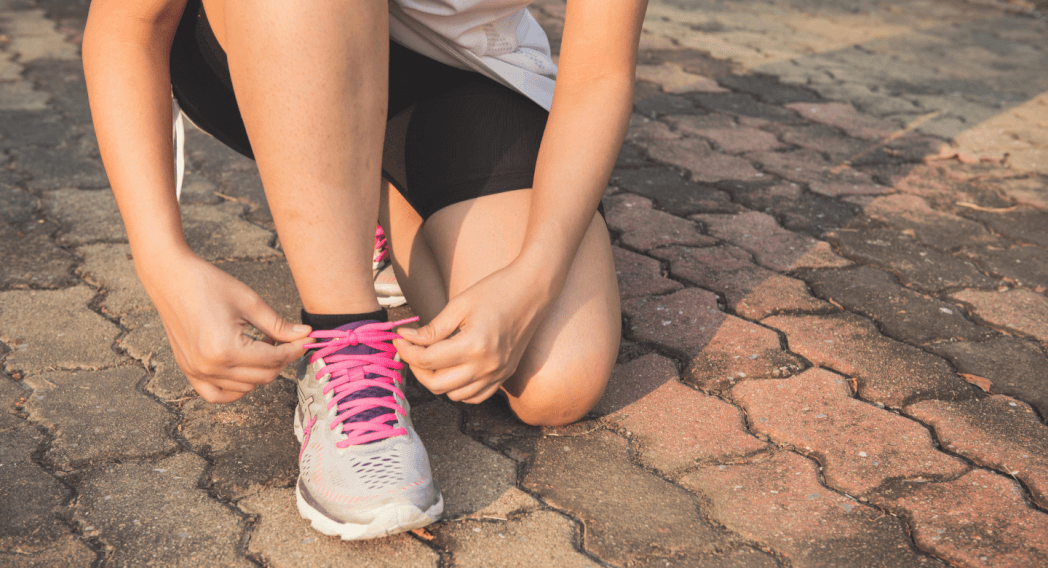
Advantages
- Lightweight and Comfortable: Sports shoes are designed to be light and easy to wear, making them great for casual outings and short walks.
- Breathable: Made from mesh materials, they allow for good airflow, keeping your feet cool during warmer weather.
- More Affordable: Sports shoes typically cost less than trekking shoes, making them accessible for casual users.
Disadvantages
- Lack of Proper Grip: Sports shoes may not provide the traction needed for rough or slippery terrains, which can be dangerous on hikes.
- No Ankle Support: The low-cut design offers minimal support, increasing the risk of ankle injuries on uneven ground.
- Not Waterproof: Most sports shoes are not designed to handle wet conditions, so your feet could get wet and uncomfortable during rainy treks.
When Should You Choose Trekking Shoes?
Opt for trekking shoes if you find yourself in any of the following situations:
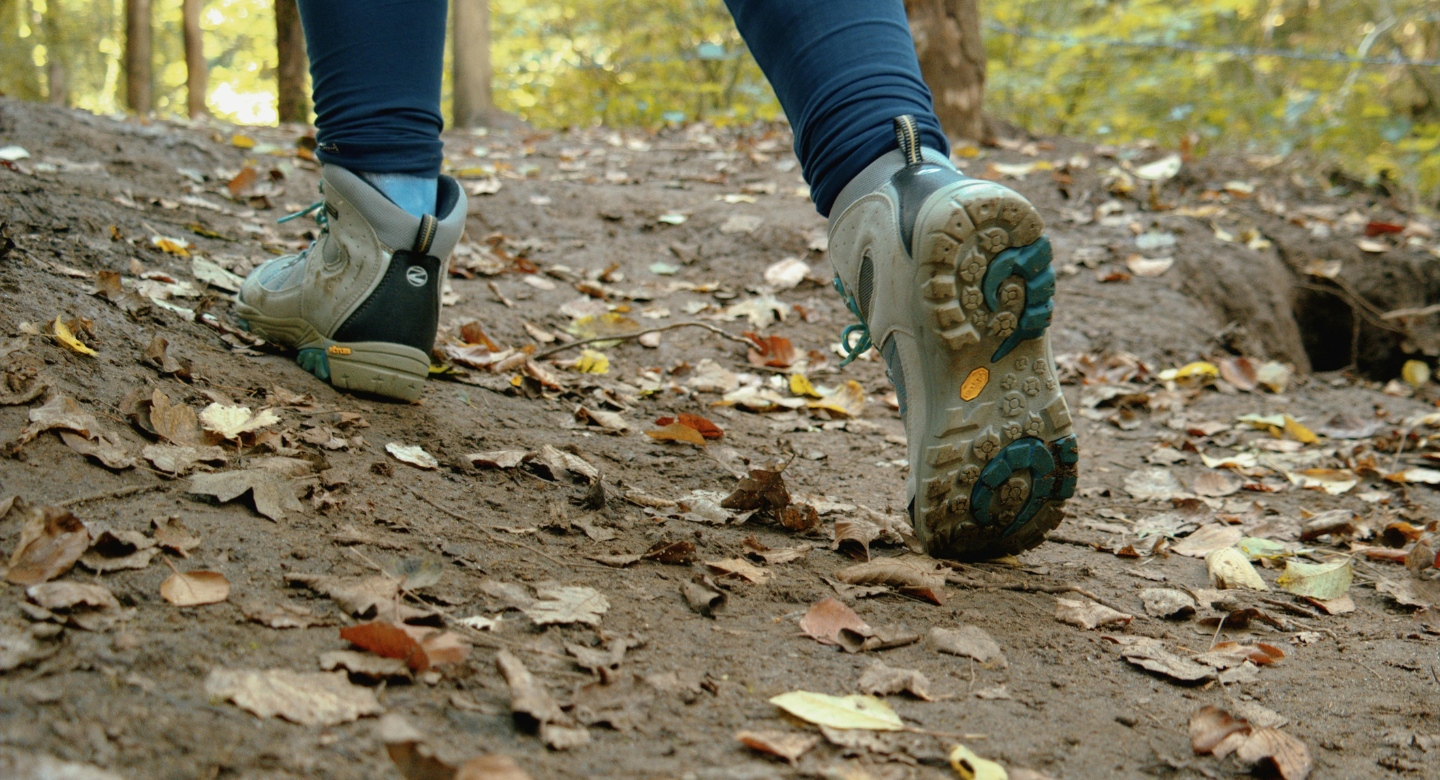
- Trekking on Rocky, Muddy, or Uneven Terrain: If your route includes challenging paths, trekking shoes will provide the grip and stability you need.
- Need Extra Ankle Support: If you’re prone to ankle injuries or just want that extra support while navigating rough trails, trekking shoes are a wise choice.
- Trekking in Wet or Snowy Conditions: For hikes where you might encounter rain or snow, waterproof trekking shoes will keep your feet dry and comfortable.
- Planning Long-Duration Treks with Heavy Backpacks: If you’re carrying a lot of gear for an extended period, trekking shoes will provide the necessary support and durability.
When Can You Use Sports Shoes for Trekking?
Sports shoes can be suitable for trekking in these situations:
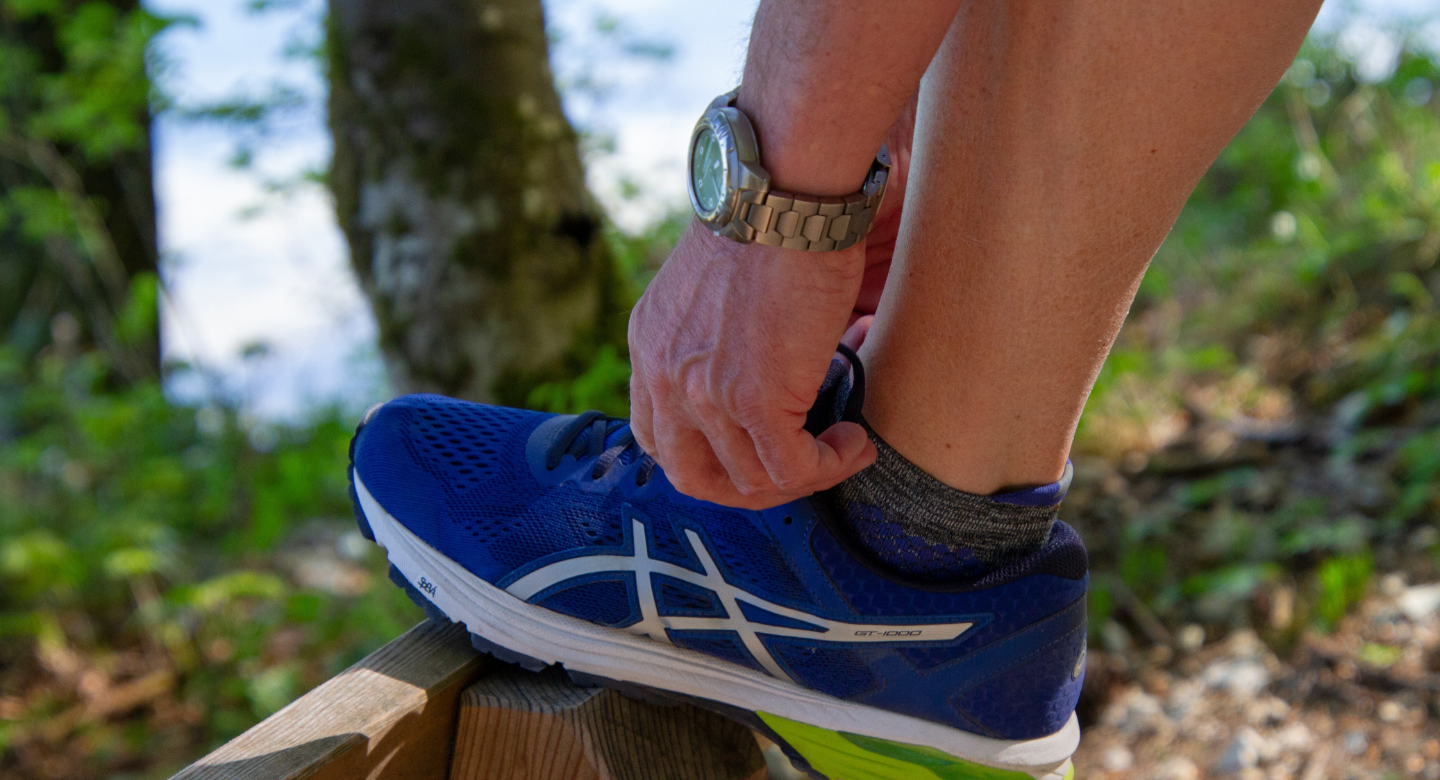
- Easy, Well-Paved Trails with Minimal Elevation Gain: If your hike is on a flat, well-maintained path, sports shoes can be adequate.
- Short Day Hikes in Dry Conditions: For a quick, casual hike on a sunny day, sports shoes can offer comfort without the bulk of trekking footwear.
- Comfortable Without Additional Ankle Support: If you feel confident in your balance and prefer a lighter shoe, sports shoes might work for your trek.
Comparing Performance: Trekking Shoes vs. Sports Shoes
| Features | Trekking Shoes | Sport Shoes |
| Grip & Traction | Excellent | Limited |
| Ankle Support | Strong | Minimal |
| Water Resistance | Yes | No |
| Comfort Level | Need Break-in | Immediate |
| Weight | Heavier | Lighter |
| Durability | High | Less |
| Cost | Expensive | Affordable |
Tips on Choosing the Right Shoes for Your Trek
Check the Fit and Comfort Before Purchasing:
Always try on trekking or sports shoes before buying. Make sure there’s enough room in the toe box, and the heel should fit snugly without slipping. Walk around the store to see how they feel—comfort is key!
Break in New Shoes Before a Trek:
New shoes often require a break-in period. Wear them for short walks or around the house before your trek to allow the materials to soften and conform to your feet. This helps prevent blisters and discomfort during your hike.
Use Proper Trekking Socks for Added Comfort:
Invest in quality trekking socks made from moisture-wicking materials. These socks help keep your feet dry and comfortable, reducing the risk of blisters. Look for socks with extra cushioning in key areas for better support.
Read More About: How to Take Care of Your Trekking Shoes: A Simple Guide
Final Thoughts About Trekking Shoes vs Sport Shoes: Which One is Best for You
In conclusion, choosing between trekking shoes and sports shoes for your trek depends on the terrain, duration, and conditions of your journey. Trekking shoes are the ideal choice for challenging trails, providing superior grip, ankle support, durability, and water resistance. They are designed to withstand rough terrains, ensuring your safety and comfort during long treks. While they may be heavier and require a break-in period, their benefits far outweigh the drawbacks for serious trekkers who prioritize stability and protection. On the other hand, sports shoes are lightweight, breathable, and more affordable, making them suitable for short, easy hikes on well-paved paths. However, their lack of traction, ankle support, and water resistance makes them less reliable for demanding trails.
Ultimately, the right footwear enhances your trekking experience, preventing discomfort and injuries while allowing you to focus on the adventure ahead. If you’re planning a rigorous trek with unpredictable terrain and weather conditions, investing in a quality pair of trekking shoes is a wise decision. For casual hikes in dry, even landscapes, sports shoes may suffice. Before making your final choice, consider the nature of your trek and prioritize comfort, safety, and durability. A well-informed decision will ensure that your journey remains enjoyable, allowing you to explore the great outdoors with confidence and ease.
Frequently Asked Questions (FAQs) on Trekking Shoes vs Sport Shoes: Which One is Best for You
Can I use sports shoes for trekking?
Sports shoes can be used for short, easy treks on well-paved trails with minimal elevation gain. However, they lack the grip, ankle support, and durability needed for rough or challenging terrains.
What are the key differences between trekking shoes and sports shoes?
Trekking shoes offer better grip, ankle support, durability, and water resistance, making them suitable for rugged trails. Sports shoes, on the other hand, are lightweight, breathable, and designed for flat surfaces but lack the necessary traction and protection for trekking.
Are trekking shoes waterproof?
Many trekking shoes come with waterproof or water-resistant features to keep your feet dry in wet conditions. However, not all trekking shoes are waterproof, so it’s important to check the specifications before buying.
Why is ankle support important for trekking?
Trekking often involves walking on uneven terrain, which increases the risk of twisting your ankle. Trekking shoes provide better ankle support, reducing the chances of injuries and offering more stability.
Are trekking shoes heavier than sports shoes?
Yes, trekking shoes are generally heavier due to their sturdy materials and added protective features like reinforced soles and ankle support. While this adds durability and stability, it may take some time to get used to the extra weight.
How do I choose the right trekking shoes?
Look for trekking shoes with a good grip, ankle support, and water resistance. Make sure they fit well, leaving enough space for toe movement. Also, consider the terrain and climate of your trek before purchasing.
Do I need to break into trekking shoes before a hike?
Yes, new trekking shoes should be broken in before a trek to avoid blisters and discomfort. Wear them for short walks or around the house to soften the material and allow your feet to adjust.
Can I wear trekking shoes for everyday use?
While trekking shoes can be worn daily, they are designed for rough terrains and may feel heavier and less flexible than sports shoes. If you need durable shoes for daily wear, consider hiking shoes, which are a lighter alternative.
Are trekking shoes more expensive than sports shoes?
Generally, trekking shoes cost more because they are built with high-quality, durable materials designed for tough outdoor conditions. However, investing in a good pair of trekking shoes can save money in the long run by preventing injuries and lasting longer.
What type of socks should I wear with trekking shoes?
Wear moisture-wicking, cushioned trekking socks to keep your feet dry and prevent blisters. Avoid cotton socks, as they retain moisture and can cause discomfort on long treks.



